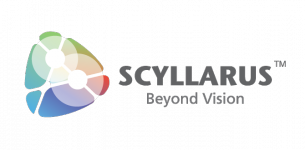In 2004, Professor Terry Caelli joined NICTA with the intention to establish a project to advance Australian capabilities in key emerging imaging and sensing technologies beyond the visible spectrum with a strong focus on national prosperity and wealth creation. Beginning in early 2005, the Spectral Imaging and Source Mapping (SISM) project started, and began development and research into Hyperspectral technologies. During this time, the team developed many skills and techniques, and acquired several state of the art spectral cameras. From its outset, SISM aimed at addressing the spectral image understanding problem making use of structural and statistical pattern recognition and computer vision techniques.
In January 2005, Antonio Robles Kelly joined NICTA, and collaborated with Terry and other members of the project. When Terry became the NICTA Canberra Research Laboratory Director in 2006, Antonio took over SISM. From 2006 to 2009, the project addressed applications in biosecurity, ecology, food quality assurance and surveillance. By the end of 2009, after four years of research, it became clear that a fair amount of the imaging spectroscopy technology developed by the project was capable of handling and processing spectral data across a wide variety of application areas.
During 2010, Bill Simpson-Young and Antonio worked together to transform SISM into a project that would do research and development to create a technology which could be used for various applications. As a result, the Spectral Imaging for Scene Analysis (ISSA) project started in 2011. ISSA retained the technical strengths of SISM, providing a means to build a more extensive technology and IP portfolio by having stronger ties to the Security and Environment (SE) Business team and the Engineering and Technology Development (ETD) group of NICTA.
Over the last three years, ISSA has worked with a number of partners and has undertaken the development of Scyllarus. Scyllarus follows the rationale behind ISSA and SISM: advance Australian capabilities in emerging imaging and sensing technologies by enabling a wide range of applications by delivering software technology components based upon generic imaging spectroscopy techniques for scene analysis.
